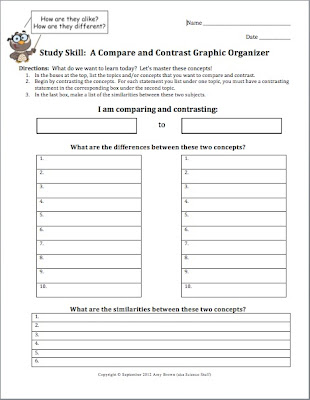A Simple Osmosis and Diffusion Lab That Makes Cellular Transport Click with Biology Students
Teaching cellular transport in biology can sometimes feel like throwing vocabulary words at a wall. Terms like diffusion, osmosis, active transport, passive transport, hypotonic, hypertonic are often intimidating for our students. If you're looking for a simple, visual, and memorable diffusion and osmosis lab that brings these concepts to life, this lab is for you.
This hands-on activity using dialysis tubing has become a staple in my biology classroom. It’s easy to set up, powerful in its visual results, and it helps students understand semipermeable membranes, molecular size, and passive transport without the need for fancy lab equipment.
The Setup: Two Bags, Two Solutions, One Powerful Lesson
Students are given two pieces of dialysis tubing. One piece of tubing is filled with starch solution, the other with glucose solution. Each is placed in a separate cup of tap water. To the cup containing the starch-filled bag, students add iodine.
The visual results start almost immediately. Within minutes, students see the dialysis tubing turning purple or bluish black, a dramatic visual change that signals diffusion is taking place. The students can see that the iodine molecules move across a semipermeable membrane and react with the starch. Meanwhile, students use glucose test strips to check whether glucose molecules have diffused out into the water of the second cup.
What Students Learn from this Osmosis/Diffusion Lab
By analyzing their results, students make key observations:
- Starch didn’t leave the bag.
- Iodine entered the bag.
- Glucose slowly diffused out, with positive test strip results appearing only after 24 hours.
- Water moved into the bag, as shown by swelling.
These outcomes open the door for class discussions about molecular size, permeability, and the differences between active and passive transport. I also challenge students to rank the molecules from smallest to largest based on which ones could pass through the membrane.
Ready to Try It?
The version of the lab I use in my classroom is available here:
👉 Diffusion Through a Non-Living Membrane
It comes with student instructions, a detailed teacher guide, data tables, and analysis questions ... everything you need for a smooth, engaging class period.
Want to go further? Try this FREE download:
🎁 The Effect of Concentration on the Rate of Diffusion
- This is a great follow-up or extension that deepens students' understanding of how concentration gradients affect the rate of diffusion.
More Resources to Reinforce Cellular Transport
Need additional reinforcement activities for your cell transport unit? These are teacher favorites in my TPT store:
• 🧪 Cellular Transport Worksheets – Lots of practice requiring critical thinking skills.
• 💧 Qualitative and Quantitative Plasmolysis Lab – Hands-on exploration of osmosis in plant cells
• 🎨 Cellular Transport Color by Number – Fun, low-prep review with instant feedback
Why This Lab Works
This osmosis and diffusion lab works because it’s:
• Simple to prep
• Visually powerful
• Aligned with NGSS and common biology standards
• Appropriate for high school biology
• Engaging enough that students remember the results
Whether you're introducing the topic for the first time or reviewing before an exam, this lab creates the kind of “aha!” moment every biology teacher hopes for. Good luck and happy teaching!


















